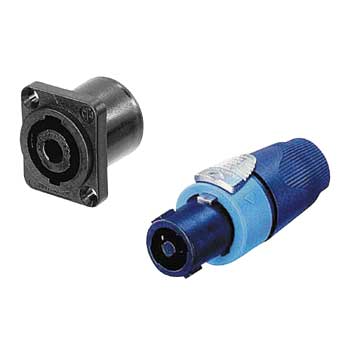DC switches, ancient mains supplies, and e-bikes.
The switch on current surge is nothing to do with the throttle or the motor current. Its to charge up the capacitors in the controller.
Nick
Provided the switch closes fast, i.e. with no contact bounce, there ought to be no spark at all due to inrush current. Even inrush current is not instantaneous, there is a rise time (of a few microseconds, probably) from zero. Where switches fail in a DC switching situation is where they open while under load, or don't close cleanly.
In my (and Flecc's!) childhood DC mains were still common in this country - quite large parts of Manchester, for example still had 220V DC mains well into the 1950s. You never saw modern rocker style light switches - they were invariably heavy porcelain affairs with hefty springs and a distinct click when operated. The way they generally worked was that you had a u-shaped moving copper and brass contact which, when 'on', sat between two sprung brass and copper clips through which the current flowed. When you switched off, that moving contact made rapid progress over a distance of some half an inch, so giving approximately one inch total of open air to break the arc, and there was also a pocket in the porcelain to make the path even more indirect. Serious technology, therefore, developed over the previous 50 years when DC supplies were the norm, though now entirely abandoned in the cause of economy and aesthetics.
A modern rocker switch would never turn off on a DC supply. The contact gap can be as little as one eighth of an inch, and on a 220V DC supply an ordinary 100 watt bulb would keep a healthy arc burning across that indefinitely - or at least until well after you had a fire on your hands.
Getting back to what you should be looking for in an e-bike situation....
Your switch can be rated somewhat below the maximum load you expect to pass through it. This is because the average load will be much lower than that, and that's probably the most important consideration. It's very rule-of-thumb even so - if your average load is 10 amps for long periods peaking at 30 amps, I'd go for a switch rated at 15-20 amps, because it feels right to me instinctively and also feels to be conservative at that rating. You should have a switch with a solid click action so that you know the contacts close rapidly. You can get a feel for whether it's OK or not if you connect it all up and then close it in a darkened room and look for any sort of spark showing through at the point of closure - if you see any light at all, there is contact bounce and although the switch will probably be OK for a while, ultimately it may fail, or the contacts may get burned and it will get hot in use, or they may weld together and it won't turn off. Automotive switches are usually designed to have a wiping contact action so that they self-clean any local burn spots in use, and there is no bounce.
None of this is much use to you when you're buying 'off the page' because you have to do that, get it home, and try it out, if necessary discarding your purchase and trying again. Once you have your setup operational, do check often after riding for any significant rise in temperature of your switch - this would indicate contacts oxidizing or getting pitted and you should know of impending failure in good time.
You probably would never get an ideal switch - an old-fashioned 15 amp DC mains rated switch probably weighs about a pound and would be some three inches across. Obviously you don't need a 220V rating - you would probably need around 50 volts. Also, you can forget about switching under full load very often - the rating of a DC switch is almost always 'resistive' and when you have electronics in circuit and you break the supply under load you can get some pretty amazing transient voltages. You would also stand a significant chance of damaging battery control electronics and your motor controller too.
I'm fairly sure that the keyswitches fitted into the battery circuits by e-bike manufacturers are definitely not intended to switch under load. I think it would be very foolhardy to have the throttle wide open on the Wisper going up hill and reach down and turn off the switch on the battery, for example. If the controller and the battery electronics both died at that point I would not be at all surprised.
Personally I like Flecc's idea of a heavy duty connector, and get away from a switch entirely. You can very easily cause yourself a lot of grief.
Rog.








